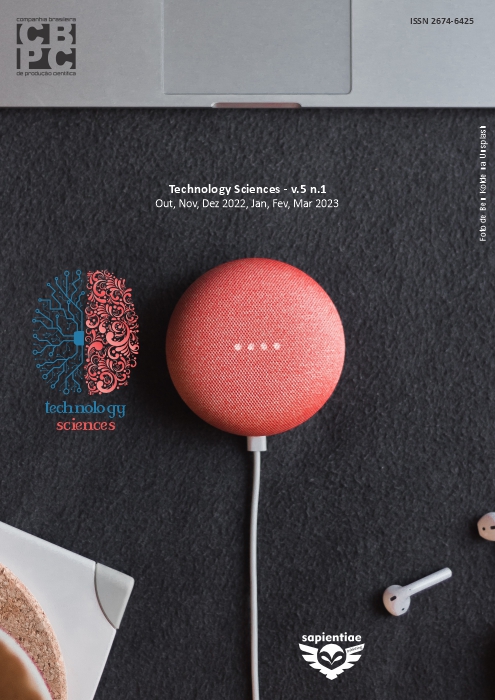Pipe inspection methods for the water distribution network: HDPE
DOI:
https://doi.org/10.6008/CBPC2318-3055.2022.002.0002Keywords:
Water, Distribution, Pipes, PolyethyleneAbstract
Currently considering the water distribution system in Brazil, companies are looking for new pipes that demonstrate efficiency and lower real loss of water flow. Among the new products available, there is High Density Polyethylene, a product that has high resistance to high temperatures and ample pressure. The objective of the article is to demonstrate the inspection methodology of HDPE used in the company CVS in Palmas, Tocantins. The methodology used was bibliographic research and a field research in an outsourced company for water distribution. The results found demonstrate, by photographic record, the models and parameters of the High Density Polyethylene pipes, the norms and characterization of the same, in addition to the indications of the manufacturers. It is concluded that, although HDPE has a higher cost than other types of piping, it has technical characteristics with higher quality and benefits than other types, in the long term. This research was compared with studies of three cases in different cities, Porto Alegre, São Paulo and Limeira on the use of HDPE pipes in water distribution and all of them were satisfactory, especially regarding the resistance of the product.
Downloads
Downloads
Published
Issue
Section
License
Copyright (c) 2023 Engineering Sciences

This work is licensed under a Creative Commons Attribution-NonCommercial-NoDerivatives 4.0 International License.
The CBPC - Companhia Brasileira de Produção Científica (Brazil CNPJ: 11.221.422/0001-03) the material rights of the published works. The rights relate to the publication of the work anywhere in the world, including rights to renewals, expansions and dissemination of the contribution, as well as other subsidiary rights. All electronically published works may subsequently be published in printed collections under the coordination of this company and / or its partners. The authors preserve the copyright, but are not allowed to publish the contribution in another medium, printed or digital, in Portuguese or in translation.








